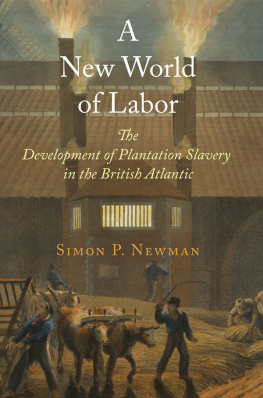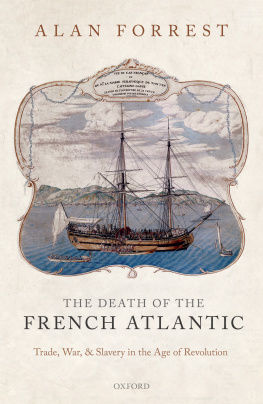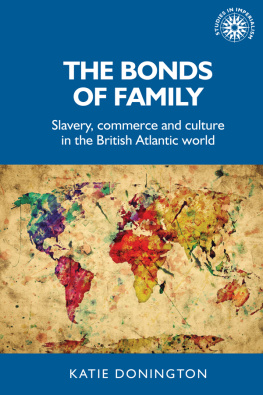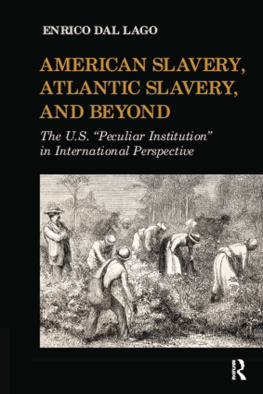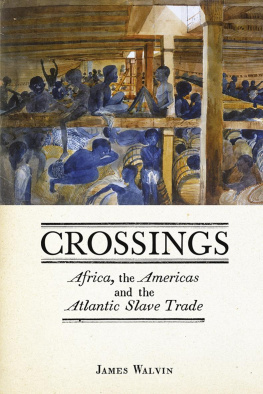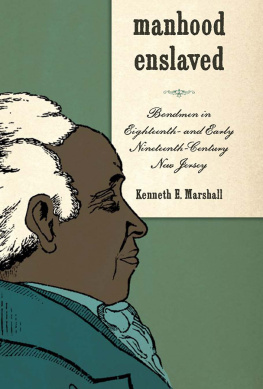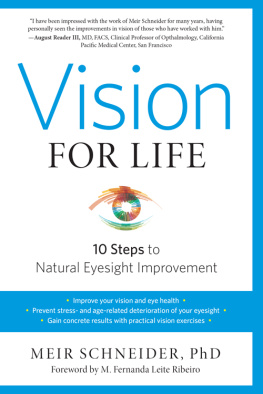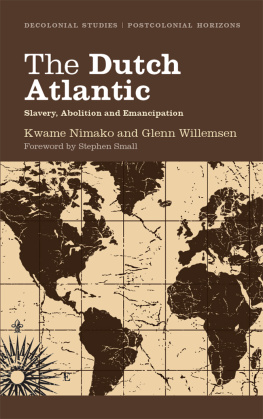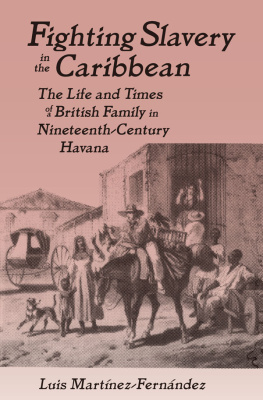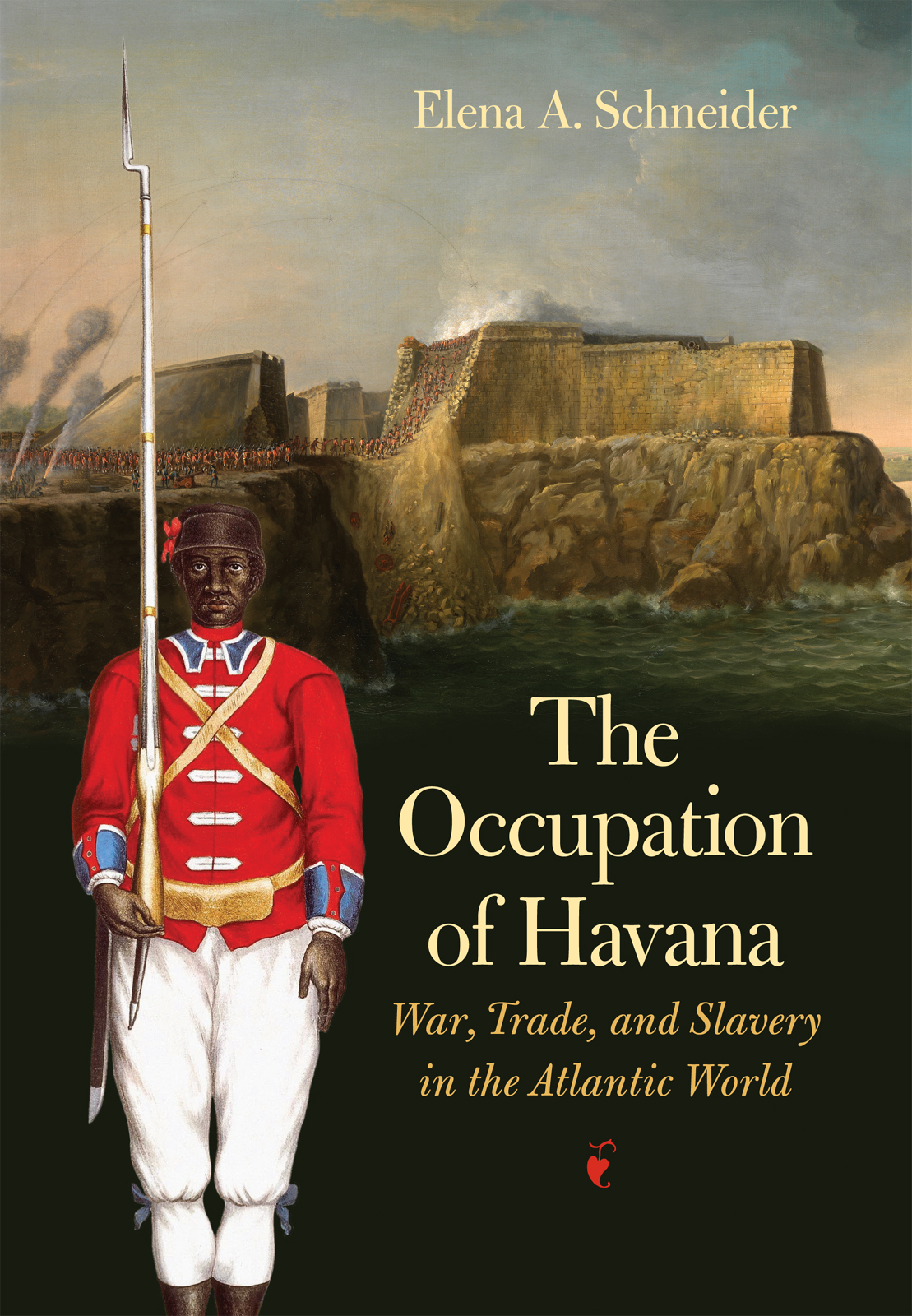THE OCCUPATION OF HAVANA
War, Trade, and Slavery in the Atlantic World
Elena A. Schneider

Published by the
OMOHUNDRO INSTITUTE OF EARLY AMERICAN HISTORY AND CULTURE,
Williamsburg, Virginia,
and by the
UNIVERSITY OF NORTH CAROLINA PRESS,
Chapel Hill
The Omohundro Institute of Early American History and Culture is sponsored by the College of William and Mary. On November 15, 1996, the Institute adopted the present name in honor of a bequest from Malvern H. Omohundro, Jr.
2018 The Omohundro Institute of Early American History and Culture
All rights reserved
Manufactured in the United States of America
Cover illustrations: The Capture of Havana, 1762: Storming of Morro Castle, 30 July.
By Dominic Serres. 17701777. Oil on canvas. National Maritime Museum, Greenwich, London. Design of the Uniform of the Battalion of Morenos of Havana. By the mulato painter Jos Nicols de la Escalera. Permission, Spain, Ministerio de Educacin, Cultura y Deporte, Archivo General de Indias, Mapas y Planos-Uniformes, 25
Library of Congress Cataloging-in-Publication Data
Names: Schneider, Elena Andrea, 1977 author.
Title: The occupation of Havana : war, trade, and slavery in the Atlantic world / Elena A. Schneider.
Description: Williamsburg, Virginia : Omohundro Institute of Early American History and Culture ; Chapel Hill : University of North Carolina Press, [2018] | Includes bibliographical references and index.
Identifiers: LCCN 2018023004 | ISBN 9781469645353 (cloth : alk. paper) | ISBN 9781469645360 (ebook)
Subjects: LCSH: CubaHistoryBritish occupation, 17621763. | Havana (Cuba)HistorySiege, 1762. | BlacksCubaSocial conditionsHistory18th century. | Anglo-Spanish War, 17391748CampaignsWest Indies. | West IndiesHistory17561763. | Slave tradeCubaHistory.
Classification: LCC F1781 .S45 2018 | DDC 972.91/03dc23
LC record available at https://lccn.loc.gov/2018023004
The University of North Carolina Press has been a member of the Green Press Initiative since 2003.
For my parents, Ted and Fidela
Contents
Illustrations
PLATES
FIGURES
MAPS
Abbreviations and Short Titles
| ANC | Archivo Nacional de Cuba, Havana |
| AGI | Archivo General de Indias, Seville |
| IG (Indiferente General) |
| SD (Santo Domingo) |
| AGS | Archivo General de Simancas, Valladolid |
| AHN | Archivo Histrico Nacional, Madrid |
| BNE | Biblioteca Nacional de Espaa, Madrid |
| BNJM | Biblioteca Nacional Jos Mart |
| BPL | Boston Public Library |
| BRP | Biblioteca del Real Palacio, Madrid |
| BL | British Library, London |
| HAHR | Hispanic American Historical Review |
| HSP | Historical Society of Pennsylvania, Philadelphia |
| JCBL | John Carter Brown Library, Brown University, Providence, R.I. |
| JNA | The National Archive at Spanish Town, Jamaica |
| LC | Library of Congress, Washington, D.C. |
| LCP | Library Company of Philadelphia |
| MHS | Massachusetts Historical Society, Boston |
| NYHS | New-York Historical Society |
| NYPL | New York Public Library |
| TNA | The National Archives, Kew, United Kingdom |
| ADM (Admiralty) |
| C (Court of Chancery) |
| CO (Colonial Office) |
| E (Exchequer) |
| SP (Secretary of State Papers) |
THE OCCUPATION OF HAVANA
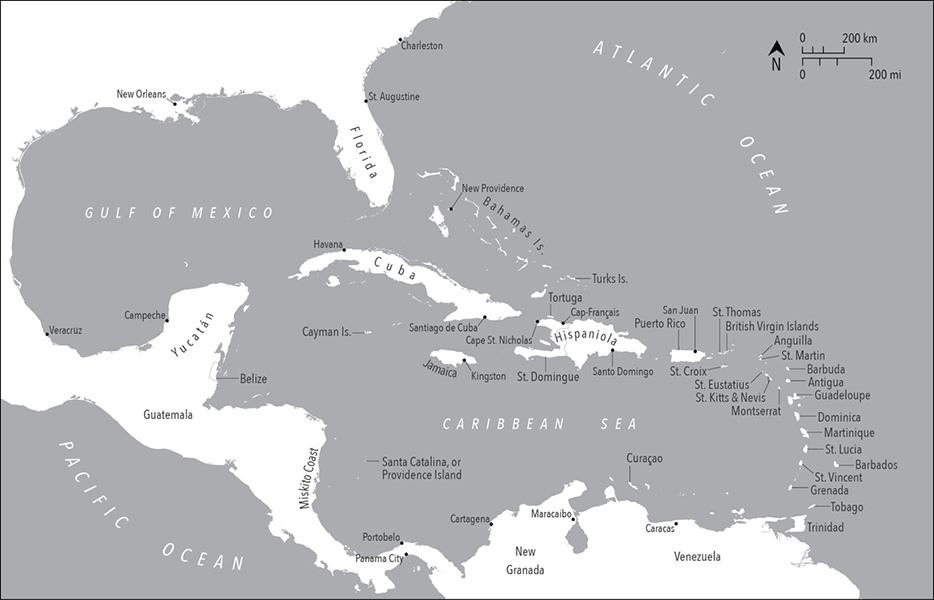
MAP 1 The Greater Caribbean Region. Drawn by Molly Roy
Introduction
The View from Havana
On the Sunday in June 1762 that a British war fleet appeared on Havanas horizon, Mara del Carmen had just recently bought her freedom. She likely earned the three hundred pesos that were necessary to do so on her days off from working for the man who owned herby washing, cooking, cleaning, peddling, or selling her body in Havanas bustling urban economy. In Cuba, enslaved Africans could buy their freedom in installments, by a practice known as coartacin. Just two months before British forces descended on Havana, Mara made her final payment. Now a moment of promise had suddenly turned into one of peril. How would she weather this invasion, and what would the possibility of the British seizure of Havana mean for her hard-won status? As Mara knew well, in British colonies purchasing ones own freedom was not permitted.
She had not always been called Mara del Carmen. As a child in Jamaica, where she was born, she had a different name, given to her by her owner or perhaps her mother, most likely a native of Africa. At the age of eighteen, she was sold away from her home to a ships captain from Cuba, who sailed her to Havana in the hold of his ship. There she was given a Spanish name and then sold again in the city where she would spend more than a decade. At the time that she purchased her freedom and British warships arrived offshore, she was thirty years old. Her youth had been spent in British Jamaica and her adulthood in Spanish Cuba, and now these two worlds of colonialism and slavery were violently colliding.
Sources do not tell us how Mara del Carmen survived the relentless cannonball bombardment or the outbreak of yellow fever that afflicted Havana during the six weeks that British forces besieged it in the summer of 1762. Nor do they tell us how she managed to navigate the eleven-month occupation that followed Havanas surrender, when British occupying forces ruled over Spanish Cubas former capital. All we know is this: a year later, Mara del Carmen was on one of the many vessels departing Havana after the occupation ended. One month after Britain returned the city to Spain in the peace treaty that brought the Seven Years War to a close, she was back in Jamaica. She was carrying with her the Spanish legal document certifying her free statusher carta de libertad, or freedom paper.
In Kingston, Mara del Carmen was able to get her Spanish legal document accepted as binding in the British colony, even though coartacin was not a policy in Jamaica. The commercial worlds of Cuba and Jamaica were so closely linked that she managed to find a Jewish merchant there who knew the Havana notary who had penned her carta de libertad and would vouch for its authenticity to a government official. Thus, a woman whose personal history moved between British and Spanish islands found a way to take advantage of both the commercial circuits that ran between them and the transfer of sovereignty in Havana from Spain to Britain and back again. She had returned to the land of her birth and of her family no longer a slave.



